Arise The Dead I:
The Great War
MIROLAND IMPRINT 14
Guernica Editions Inc. acknowledges the support of the Canada Council for the Arts and the Ontario Arts Council. The Ontario Arts Council is an agency of the Government of Ontario.
We acknowledge the financial support of the Government of Canada.
A family memoir
Arise The Dead I:
The Great War
Elizabeth Langridge
MIROLAND (GUERNICA)
TORONTO BUFFALO LANCASTER (U.K.)
2018
Copyright 2018, Betty Cullen (writing as Elizabeth Langridge) and Guernica Editions Inc.
All rights reserved. The use of any part of this publication, reproduced, transmitted in any form or by any means, electronic, mechanical, photocopying, recording or otherwise stored in a retrieval system, without the prior consent of the publisher is an infringement of the copyright law.
Map of the battlefield at Loos
(Crown copyright, the Imperial War Museum, Londonwith permission)
Connie McParland, series editor
Michael Mirolla, editor
David Moratto, cover and interior book design
Cover Images provided by Elizabeth Langridge
Guernica Editions Inc.
1569 Heritage Way, Oakville, ON L6M 2Z7
2250 Military Road, Tonawanda, N.Y. 14150-6000 U.S.A.
www.guernicaeditions.com
Distributors:
University of Toronto Press Distribution,
5201 Dufferin Street, Toronto (ON), Canada M3H 5T8
Gazelle Book Services, White Cross Mills
High Town, Lancaster LA1 4XS U.K.
First edition.
Printed in Canada.
Legal DepositFirst Quarter
Library of Congress Catalog Card Number: 2017955483
Library and Archives Canada Cataloguing in Publication
Langridge, Elizabeth, author
Arise the dead / Elizabeth Langridge.
(MiroLand imprint ; 14-15)
Contents: Book one. The Great War -- Book two. World War Two.
Issued in print and electronic formats.
ISBN 978-1-77183-281-6 (book 1 : softcover). --ISBN 978-1-77183-284-7
(book 2 : softcover). -- ISBN 978-1-77183-282-3 (book 1 : EPUB).
--ISBN 978-1-77183-283-0 (book 1 : Kindle). --ISBN 978-1-77183-284-7
(book 2 : EPUB) .--ISBN 978-1-77183-286-1 (book 2 : Kindle).
1.World War, 1914-1918--Personal narratives. 2. World War,
1939-1945--Personal narratives. 3. Creative nonfiction. I. Title.
I.Series: MiroLand imprint ; 14-15
D640.A2L32 2018940.3C2017-906410-XC2017-906411-8
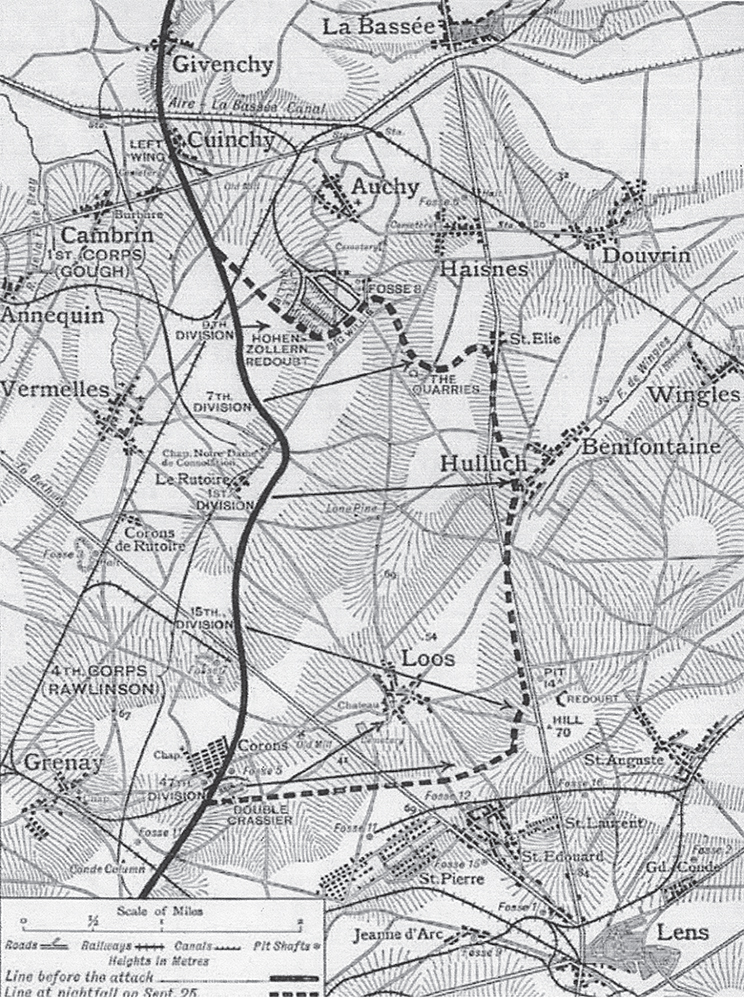
Map of the battlefield at Loos, late September, 1915, just north of the coal-mining towns of Lens and Loos, Pas de Calais, France.
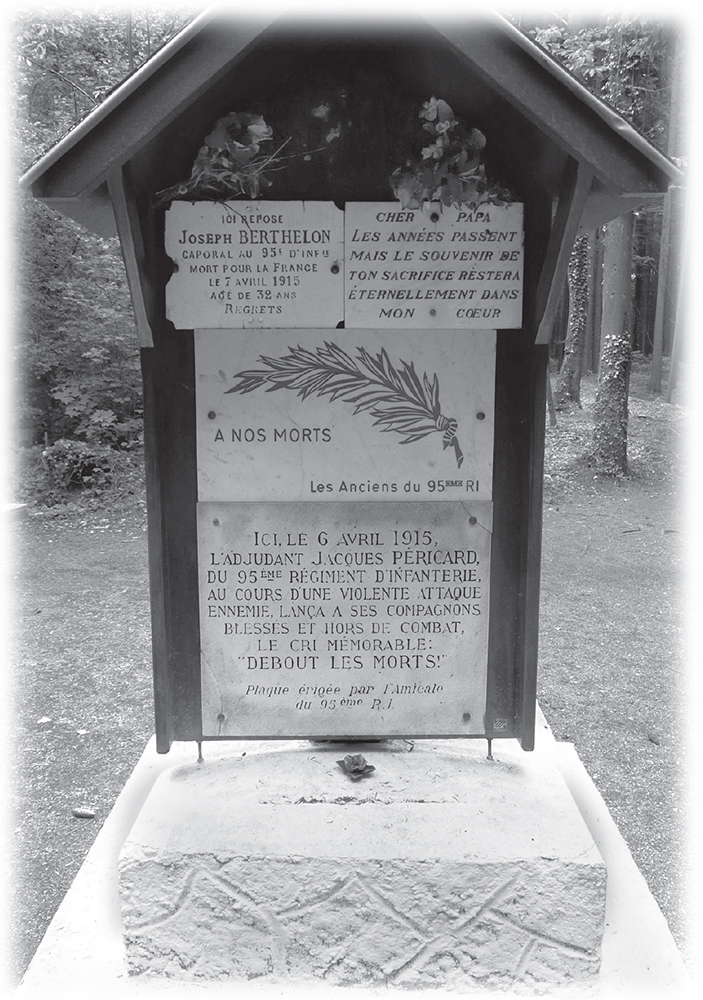
On April 6, 1915, in the face of an imminent attack by the enemy, a young French adjutant, Jacques Pericard, seeing that his comrades in the trench were either dead or wounded, cried out: ARISE THE DEAD!
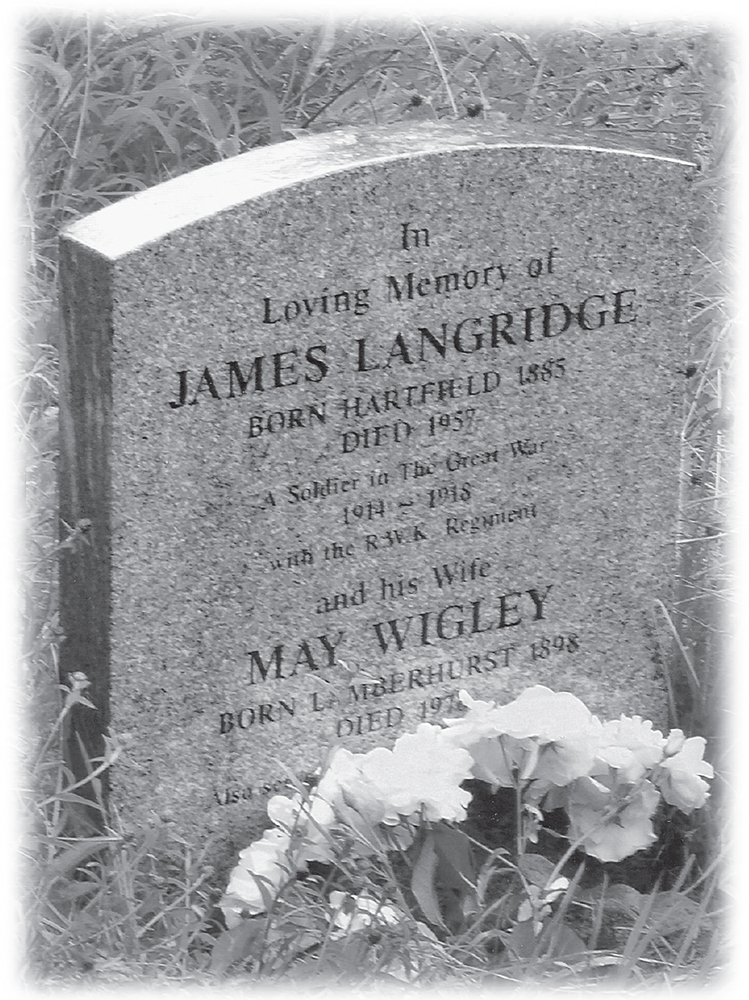
For James Langridge and May Wigley and all the other ordinary men, women and children who suffered and endured through the two World Wars, whose stories are seldom told.

Chapter 1
L izzie got out of the tour van in front of Le Rutoire Farm from where they could look across the vast, flat plain of the former no-mansland towards the Lens-La Basse road to the east, near Loos, Pas de Calais, in north-eastern France.
A dog barked at them from the farm house garden, showing its teeth. The house was new, of course; the old one had been nearly at the Front. From there the communication trenches would have started. The day was sunny, pleasant, although not warm enough for July, tempered by a stiff breeze.
She saw a small brick barn with a steep-pitched roof that looked very old; it would have been sheltered from shells by the original house. Perhaps his eyes had rested on it. There were the remnants of something else, a brick pillar, festooned with ivy; it held the suggestion of a house.
There was no one about, other than the dog and themselves she and Bob Goode, their guide, and her husband James, along with the few who were remaining behind in the van.
This way, Bob said, walking ahead along the dirt lane from the farm towards the Hulluch road, a little to the north. We shall be walking in your fathers footsteps, more or less, Lizzie.
She looked about her, scanning the wide open country landscape, flat as far as she could see, with few trees, planted with crops. Going east on the Hulluch road they could see, far to the right, the tall, conical slag heaps, unchanged for decades, from the coal mines at Lens and Loos, and the two towns south of where they were now. Some way ahead and to their left, behind a clump of trees, was the village of Hulluch, which had been held by the Germans. This was the landscape that her father would have seen in 1915, the beauty of it littered with the excrescence of war. All was tidied up now. Yet, as she looked out over the windswept crops, she imagined that she could see, hear and smell something of that vulgarity.
That day she and James, with the five other people on the tour, the two guides, and the van driver, had come from Paris. Later that day they would go on to Ypres in Belgium, where the war had started in the summer of 1914. They had two weeks. Later still, they would go to Passchendaele, then southward along the old Western Front, through Ploegsteert and Neuve Chapelle, back into France. They would continue south, in a wavy line, back past Loos to Vimy Ridge, to Beaumont Hamel where the Newfoundlanders had been wiped out, on to Arras, the Somme, Reims, then all the way down to the Verdun sector and to the St. Mihiel Salient, where the Americans had been in the last two years of the war.

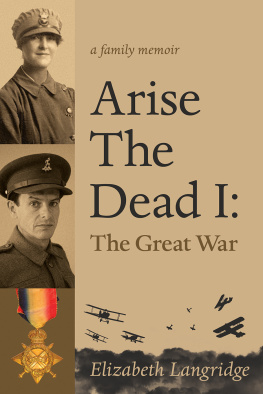
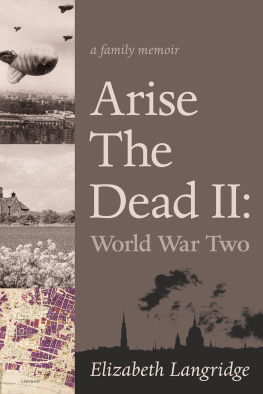
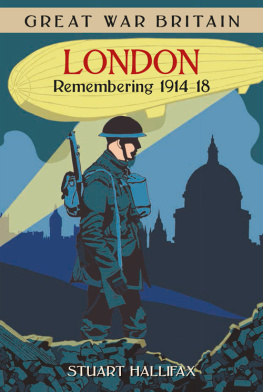







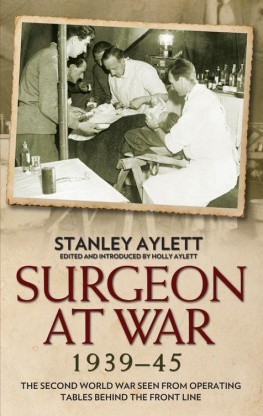










 Chapter 1
Chapter 1